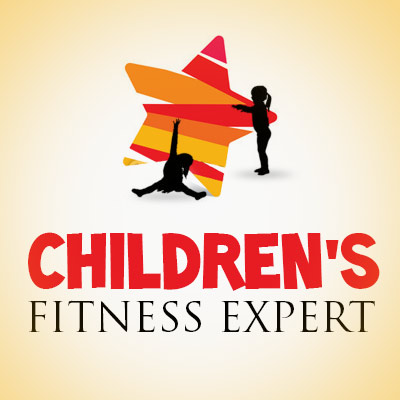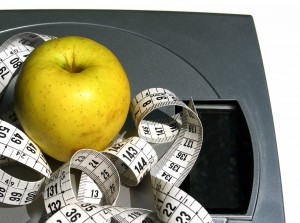 We are several months into the New Year and hopefully have developed some good healthy habits that includes healthy nutrition, exercise and sleep. Time, determination and dedication are required to make a habit. In general, it takes 3-4 weeks of repetitive actions to create a habit. Feelings of accomplishment rise and if you are doing things right, you are probably sore and a little tired. As well you should be. Your workouts are using up energy, your muscles are being used until they cannot move anymore and at the end of the workout you are already planning the next day’s workout session. You need to maintain proper hydration and some people will take supplemental protein drinks after a workout and some will take pre- and post- workout supplements. These latter supplements are not necessary for the average person, only those trying to build exceptional muscle mass. But everyone will have sore muscles if they are using their bodies enough.
We are several months into the New Year and hopefully have developed some good healthy habits that includes healthy nutrition, exercise and sleep. Time, determination and dedication are required to make a habit. In general, it takes 3-4 weeks of repetitive actions to create a habit. Feelings of accomplishment rise and if you are doing things right, you are probably sore and a little tired. As well you should be. Your workouts are using up energy, your muscles are being used until they cannot move anymore and at the end of the workout you are already planning the next day’s workout session. You need to maintain proper hydration and some people will take supplemental protein drinks after a workout and some will take pre- and post- workout supplements. These latter supplements are not necessary for the average person, only those trying to build exceptional muscle mass. But everyone will have sore muscles if they are using their bodies enough.
So, is No Pain really No Gain? The truth is: not necessarily.
Any time you move your body the muscles gets used and some of the muscle fibers get microscopically torn. This is a natural process. Over the next 24-48 hours after a workout and with proper nutrition the muscle tenderness resolves and the muscles themselves heal. Also, if you eat a healthy diet and eat properly after your workout as mentioned a few months ago, then the muscle grows slightly larger and stronger to take more exercise. Again, though, it takes 24 to 48 hours to recover. If after this time the muscles are still sore, either when moving them or to the touch, then they were overworked and a longer rest period is needed. Furthermore, the person needs to modify the routine to decrease the strain on these muscles with workouts restarting when the pain is mostly gone. If the pain lingers and trends or stays toward the joint and does not improve with a few extra days of rest, then a sprain/strain joint should be suspected.
What a sprain/strain means is that the tendon or ligaments involved with the joint are torn either microscopically (Grade 1) or more significantly (grades 2-4) or nearly completely (Grade 5). Continued use of this joint, without any rest and support is likely to worsen the sprain/strain weakening the joint, causing long term issues.
So now you have been working out and your muscles and joints are feeling fine, but after a few weeks or months your foot, leg or arm hurts. Not the muscle, but the actual body part. No strain/sprain and now the bone is tender to the touch. This is often the scenario of a stress fracture. This is a cracking within the structure of the bone without any visible crack/line on an X-ray. As with all of the above situations, if conservative therapy of resting the site for 3-4 weeks does not improve the pain, then it should be properly evaluated. Again, not everything needs to be X-rayed or imaged by other modalities like CT or MRI, but careful evaluation and following a proper treatment plan is necessary.
Remember: Monitor everything. Not everything needs an X-ray but may still need an eval and Rx.
Risky behaviors of speed, drugs, supplements pushing past pain hydration and fatigue can all be dangerous. Pay attention and make sure to get evaluated if needed.
Enjoy the beginning of spring.





